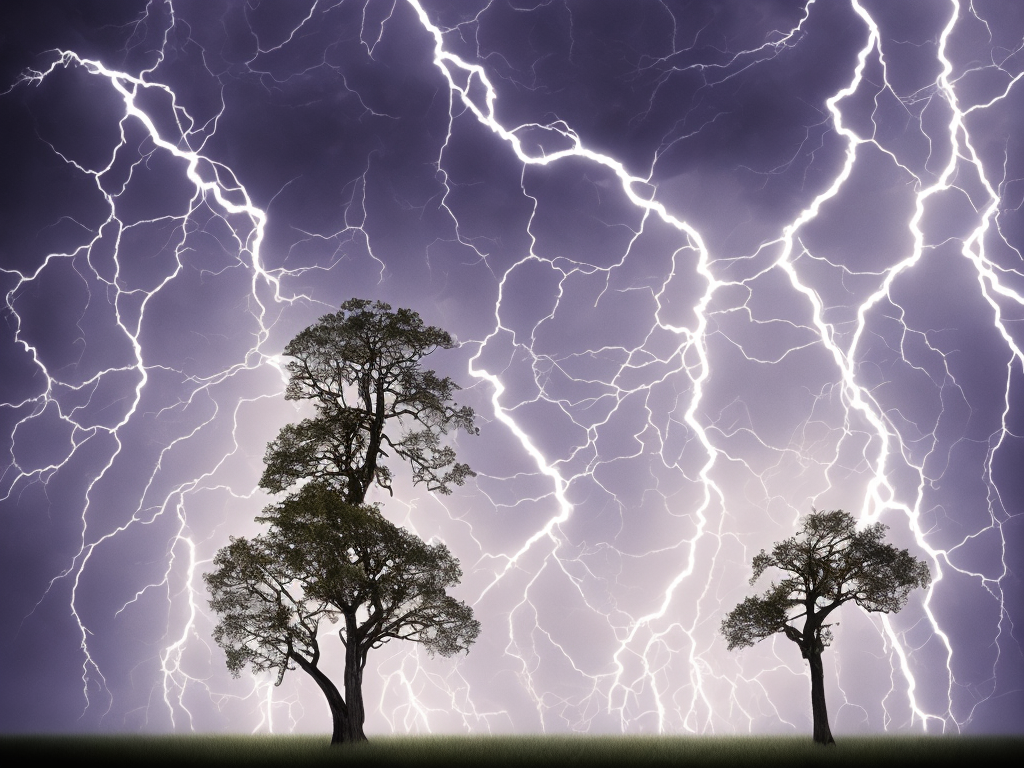
When it comes to severe weather conditions such as hurricanes, floods, tornadoes, and storms, the National Weather Service (NWS) issues two types of alerts, namely watch and warning. While both the terms seem similar, they have significant differences in regards to their meaning and what actions one should undertake when they receive them.
In the simplest of terms, a watch is an alert that indicates the possibility that severe weather may occur in a certain area, while a warning indicates that severe weather is already happening or is currently imminent. Both types of alerts are important to be aware of, and it is crucial to understand their differences to take appropriate action and protect oneself and their property.
The NWS issues watches when there is a potential threat of severe weather in an area. Watches are often issued several hours before the severe weather is predicted to take place, usually depending on the type of weather event that is being forecasted. For example, a tornado watch is typically issued when the conditions are right to create a tornado, such as a severe thunderstorm with high winds and rotations. Similarly, a flood watch is issued when there is a likelihood of flooding in a particular area.
It is important to note that a watch does not mean that the severe weather event will definitely occur. Instead, it is a warning that the conditions are right for the forecasted weather event to happen. If a watch has been issued for an area, it is essential to stay informed by regularly checking the weather updates through radio, television, or other reliable sources.
On the other hand, a warning is a more severe type of alert that is issued when severe weather is already occurring or is imminent in an area. For example, if the NWS has issued a tornado warning, it means that a tornado has been spotted or that meteorological conditions are such that a tornado is imminent.
A warning means that the severe weather event is bound to happen, and it is important to take immediate action to protect oneself and their property. Warnings may also be issued for various other weather phenomena, such as flash floods, high winds, thunderstorms, and winter storms.
Although the NWS issues alerts to help individuals prepare and take appropriate action during severe weather conditions, it is essential to understand what to do when you receive a watch or a warning.
Watches and warnings for hurricanes are a good example where individuals and authorities must take different measures based on the type of alert received. For instance, a tropical storm watch typically means that there is a possibility of the storm hitting the area, while a tropical storm warning indicates that the storm is going to hit within the next 36 hours.
Once a tropical storm warning has been issued, it is urgent to commence all necessary preparations to stay safe. This would involve securing loose outdoor items, such as patio furniture or trash cans, boarding up windows, and ensuring that there is sufficient food and water for at least a few days.
In addition to the above precautions, it is also important to understand that watches and warnings differ in terms of their geographic extent. For example, a watch may be issued for a large area that includes many cities and towns, while a warning is often restricted to a smaller area or a particular town.
It is vital to pay close attention to these geographic differences, and individuals should monitor the weather updates and seek information specific to their location. Furthermore, it is important to know the difference between a watch and a warning because taking the wrong action or failing to take any action can be detrimental.
In conclusion, the difference between a watch and a warning is significant and understanding the distinction between the two can make all the difference when it comes to protecting oneself and one's property during severe weather events. Both types of alerts are issued to help individuals prepare for the possibility of severe weather, but they differ in regards to their meaning and the level of urgency for action.
A watch indicates a possibility of severe weather, while a warning indicates that severe weather is already happening or is imminent. Warnings require immediate action and should not be taken lightly. It is essential to monitor the weather updates, heed the advice of local authorities, and take appropriate measures to safeguard oneself and one's property when a warning has been issued.
Finally, it is always better to be over-prepared than underprepared when it comes to severe weather events. Individuals should have a plan in place and stay informed by regularly checking the weather updates and following the advice of local authorities. Your safety is in your hands, and knowledge is the key to staying safe during severe weather conditions.
 Self-Instruct
Self-Instruct